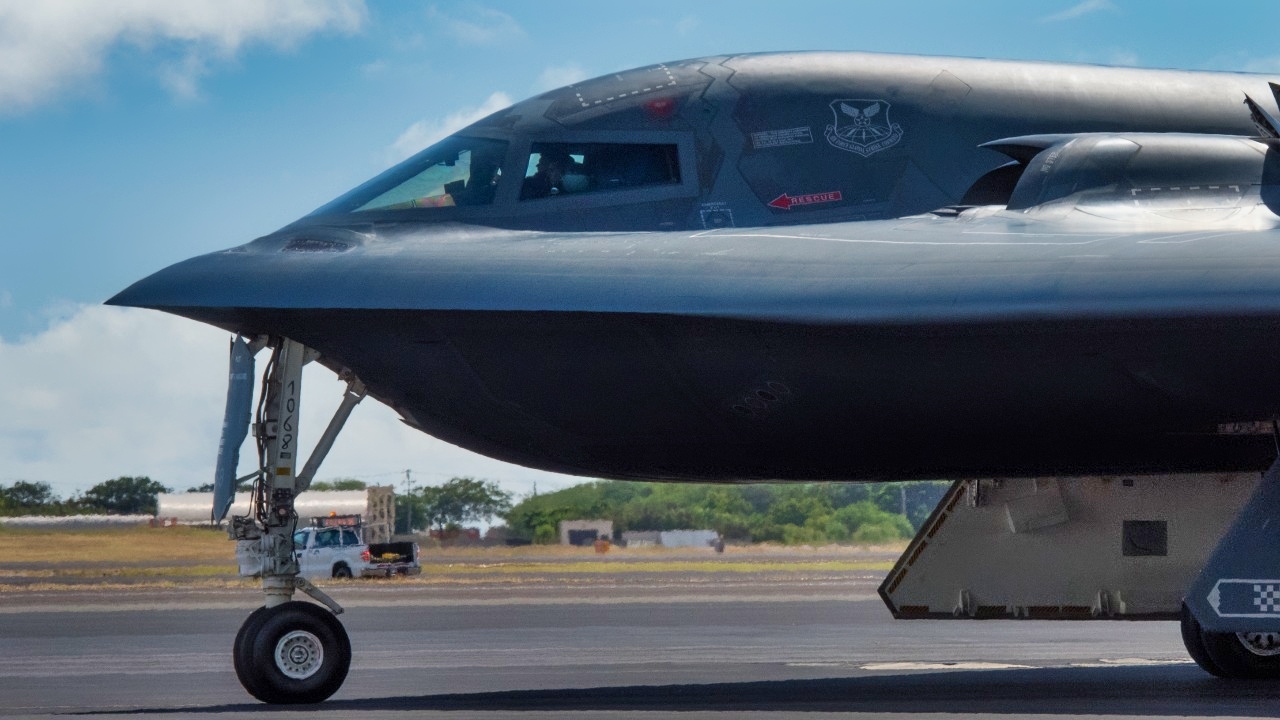Key Points and Summary – A fierce “war of words” has erupted between the White House and the media over the true extent of damage from last month’s US strikes on Iran’s nuclear facilities.
-While President Trump continues to insist the sites were “obliterated,” a new US intelligence assessment reported by NBC News suggests only the Fordow facility was severely damaged, with the Natanz and Isfahan sites potentially capable of resuming enrichment within months.
-The report also reveals that a more extensive, multi-week strike plan was developed but ultimately rejected by Trump.
-The conflicting narratives leave the true status of Iran’s nuclear program dangerously unclear.
Trump Wants You to Think Iran’s Nuclear Program Is RIP: Is It?
Ever since the U.S. attacks on Iran’s nuclear sites in June, the White House has taken the unshakeable position that the country’s nuclear sites and capability were “obliterated,” even as assessments, from within and outside the government, have questioned that conclusion.
They have even sought to treat it as an insult to the pilots involved in the mission, to imply that it was anything less than a complete success.
Over the weekend, President Donald Trump made that assurance again- while also threatening to attack Iran again if necessary.
“All three nuclear sites in Iran were completely destroyed and/or OBLITERATED. It would take years to bring them back into service and, if Iran wanted to do so, they would be much better off starting anew, in three different locations, prior to those sites being obliterated, should they decide to do so,” the president said in a Truth Social post on Saturday. “Thank you for your attention to this matter!”
Contradictory Reports
Late last week, NBC News reported on the existence of a new U.S. government assessment, which found that while one of the three nuclear enrichment sites struck was “mostly destroyed,” the other two facilities “were not as badly damaged and may have been degraded only to a point where nuclear enrichment could resume in the next several months.”
The NBC report cited “five current and former U.S. officials familiar with the assessment,” and added that government officials and U.S. lawmakers had been briefed about it.
Additionally, the NBC report said that the U.S. Central Command had developed a different plan for attacking Iran, which would have entailed “hitting three additional sites in an operation that would have stretched for several weeks instead of a single night.” However, the president opted for the single-night attack.
Per The Hill, the Trump Administration is “pressing back” on the NBC report.
“The credibility of the Fake News Media is similar to that of the current state of the Iranian nuclear facilities: destroyed, in the dirt, and will take years to recover,” Pentagon spokesperson Sean Parnell said in a statement to media outlets in response to the NBC report.
“President Trump was clear and the American people understand: Iran’s nuclear facilities in Fordow, Isfahan, and Natanz were completely and totally obliterated.”
The White House weighed in as well.
“As the President has said and experts have verified, Operation Midnight Hammer totally obliterated Iran’s nuclear capabilities,” White House deputy press secretary Anna Kelly told NewsNation, as cited by the Hill. “America and the world are safer thanks to his decisive action.”
What’s Next With Iran?
Following the attacks by the U.S. and Israel in June, the U.S. and its allies are once again pursuing a diplomatic track when it comes to dealing with Iran’s alleged nuclear ambitions.
The latest on the diplomatic front, according to Reuters, is that Iran has agreed to hold nuclear talks with European powers later this week. Deputy foreign ministers of Iran, Britain, France and Germany are set to meet on Friday, with the U.S. not involved in the talks.
Those countries, along with China and Russia, are the remaining parties from the JCPOA agreement, after the U.S. withdrew from the agreement during Trump’s first term.
Britain, France, and Germany had been threatening to invoke the “snapback” provision in the JCPOA agreement, which would re-impose United Nations sanctions on Iran.
“Prior to the Israel-Iran war, Tehran and Washington held five rounds of nuclear talks mediated by Oman but faced major stumbling blocks such as uranium enrichment in Iran, which Western powers want to bring down to zero to minimise any risk of weaponisation,” Reuters reported of the talks.
About the Author:
Stephen Silver is an award-winning journalist, essayist, and film critic, and contributor to the Philadelphia Inquirer, the Jewish Telegraphic Agency, Broad Street Review, and Splice Today. The co-founder of the Philadelphia Film Critics Circle, Stephen lives in suburban Philadelphia with his wife and two sons. For over a decade, Stephen has authored thousands of articles that focus on politics, national security, technology, and the economy. Follow him on X (formerly Twitter) at @StephenSilver, and subscribe to his Substack newsletter.
More Military
The U.S. Navy’s Submarine Crisis Is Real
NATO’s Challenger 3 Tank Is the Unsolvable Math Problem
The B-2 Bomber Has A Fatal Flaw
